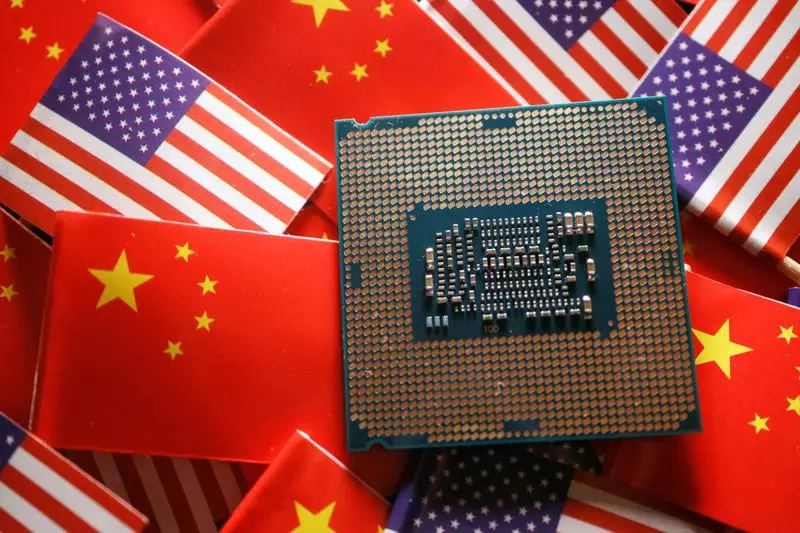China has recently introduced new guidelines aimed at phasing out U.S. microprocessors from Intel and AMD in government personal computers and servers, as reported by the Financial Times. Additionally, the procurement guidance also seeks to sideline Microsoft's Windows operating system and foreign-made database software in favor of domestic options. Government agencies above the township level are now required to include criteria that prioritize “safe and reliable” processors and operating systems when making purchases.
Domestic Options
According to the report, China's industry ministry released a statement in late December containing three separate lists of CPUs, operating systems, and centralized databases that are considered “safe and reliable” for a period of three years. Interestingly, all the options listed are from Chinese companies. This move demonstrates China's intention to reduce its reliance on foreign technology and promote domestic innovation and production.
When approached for comment, both Intel and AMD did not immediately respond to Reuters' request. The lack of response from these U.S. semiconductor companies suggests a level of concern or perhaps uncertainty about the implications of China's new guidelines. This development could potentially impact their market share and revenue from government contracts in China.
The United States, on the other hand, has been actively working to boost domestic semiconductor output and reduce dependency on China and Taiwan. The Biden administration's 2022 CHIPS and Science Act is a clear indication of this effort. The act aims to strengthen U.S. semiconductor production by providing financial aid and subsidies for the production of advanced chips domestically.
China's move to phase out U.S. microprocessors and operating systems from government use reflects a larger trend towards technological decoupling between the U.S. and China. As both countries prioritize domestic innovation and production, it will be interesting to see how this shift impacts the global tech industry and the relationships between key players in the semiconductor market.

